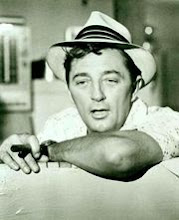
FDA Crushes Miracle Health
FirstPost.co.uk
Lemons that taste like sugared meringues? Vinegar that tastes like cool-aid? Sweet cheese? It's true - I've tasted them all. It just needed a small berry popped into my mouth, rolled around for about a minute, and my taste buds went into reverse. Anything sour tasted sweet. No wonder they call it the Miracle Berry. And believe me, it's much much more than a party trick.
The story begins thirty years ago with Robert Harvey, an American entrepreneur who rediscovered Synsepalum dulcificum, a wild berry grown in West Africa, which, when properly processed, turns sour food and drink sweet, and, even more significantly, high-calorie sweetened junk foods into zero-calorie tasty treats.
It was
Harvey and his colleagues were able to process the berry's 'miracle' ingredient to make it marketable. So his company conducted their first practical miracle berry trial. They coated some sugarless ice lollies with the berry process. Then they took sugar-coated ice lollies, mixed the two brands up and handed them out to schoolchildren in a
Reynolds Metal (who make the aluminium wrappings for lollies and ice creams) came on board, Barclays Bank came on board, so did the mighty Prudential.
And then it got nasty. In the autumn of 1973
"This was a professional job."
Then the real bombshell. In 1974, the FDA changed its mind about the Miracle Berry product on the very eve of the product launch in drug stores across the whole of the Eastern seaboard. In the most brutal way, the FDA ordered all the products to be withdrawn at once. In a complete headstand, the FDA, which had indicated it would clear the product for use, now reclassified the berry as an additive, and like any artificial ingredient, it would now have to submit to years of testing for safety and efficacy.
Who was behind all that? We may never know, but suspicions abound.
Tom Mangold presents The Miracle


No comments:
Post a Comment